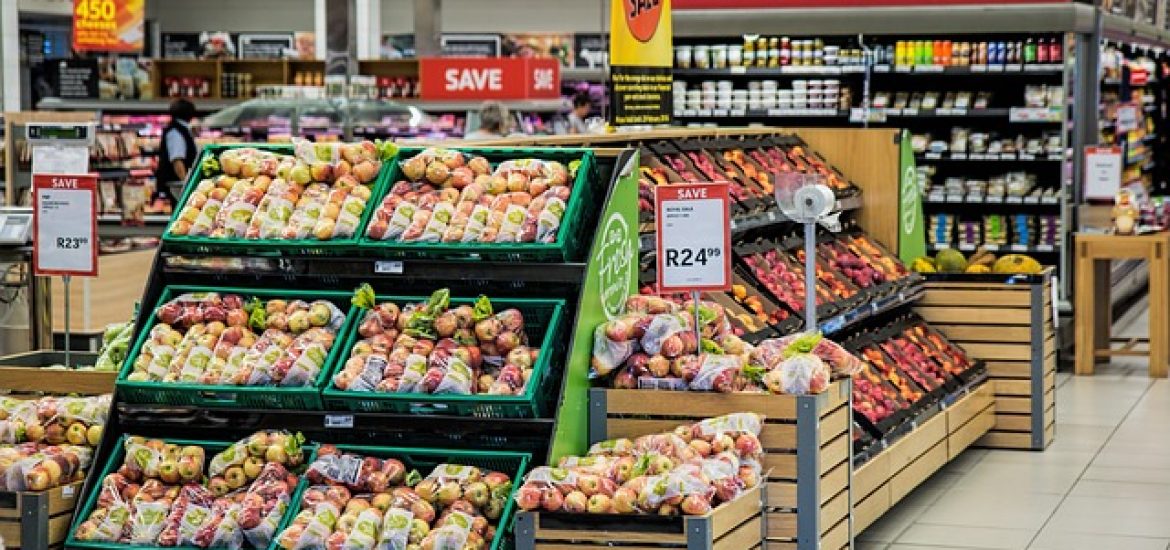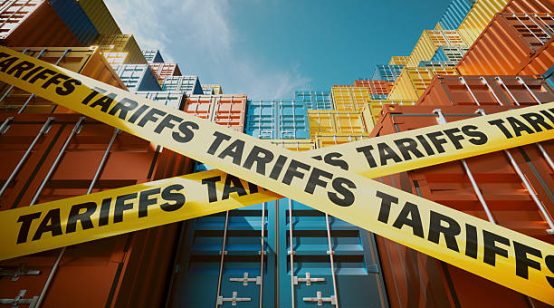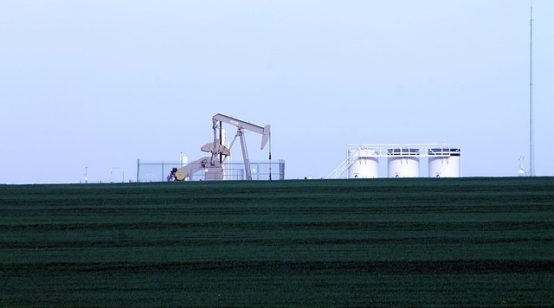
American consumers are showing signs of heightened anxiety about the state of the economy, as uncertainty over trade policies and broader financial conditions continues to rise. According to the latest data from the Conference Board, consumer confidence fell sharply in April, reaching its lowest level since May 2020.
The overall confidence index declined by 7.9 points, landing at 86. More notably, the Expectations Index — which reflects consumers’ outlook on future economic conditions — dropped by a significant 12.5 points to 54.4, marking its lowest reading in over a decade.
This steep decline appears to be linked to growing concerns over trade tensions and potential price increases. Many respondents specifically cited worries over tariffs and their likely impact on consumer goods. According to the Conference Board, many individuals expressed fears that rising prices could strain their household budgets and dampen economic growth.
There is also a notable rise in the number of Americans who believe the country could enter a recession in the coming year, reaching the highest level seen in two years. These concerns are surfacing at a time when major changes are underway in Washington, including shifts in trade, tax, and regulatory policy.
Consumer spending, which drives around 70% of the U.S. economy, has remained surprisingly strong in past periods of uncertainty. For example, despite record-low sentiment during the inflation peak in mid-2022 and the debt ceiling crisis in 2023, many Americans continued to spend on experiences such as travel and entertainment. However, it remains unclear whether this pattern will hold if pessimism continues to rise.
Recent analysis by Federal Reserve economists suggests that people may sometimes misjudge how inflation affects their finances. In a study linking survey responses with actual spending habits from 2019 to 2024, researchers found that although many individuals reported financial stress, they often continued spending at similar levels. Nonetheless, this mismatch between perception and behavior could shift if economic pressures intensify.
Some Federal Reserve officials are expressing concern that the current downward trend in consumer sentiment could eventually lead to real reductions in spending. Richmond Fed President Thomas Barkin recently noted that consumers are increasingly uneasy about inflation and job security, highlighting that this could impact overall demand and complicate efforts to stabilize prices.
Inflation expectations for the year ahead rose to 7% in April — the highest level since late 2022 — suggesting that many Americans foresee continued price increases. This is significant, as rising expectations can influence behavior: if people believe costs will keep going up, they may start adjusting their spending habits in ways that actually contribute to inflation.
Meanwhile, the administration has continued pushing for aggressive economic reforms. In addition to its trade policies, lawmakers are preparing to extend tax cuts from 2017. Economists believe this could inject fresh energy into the economy by 2026, offering an estimated $150 billion in additional household income. Treasury Secretary Scott Bessent recently emphasized the administration’s focus on trade, taxation, and deregulation as key pillars of its strategy.
President Trump has even floated the idea of eliminating income taxes entirely, replacing them with tariff revenue — a bold proposal that would likely face significant political and economic challenges.
As economic uncertainty deepens, both policymakers and consumers are navigating a delicate balancing act in the months ahead.





